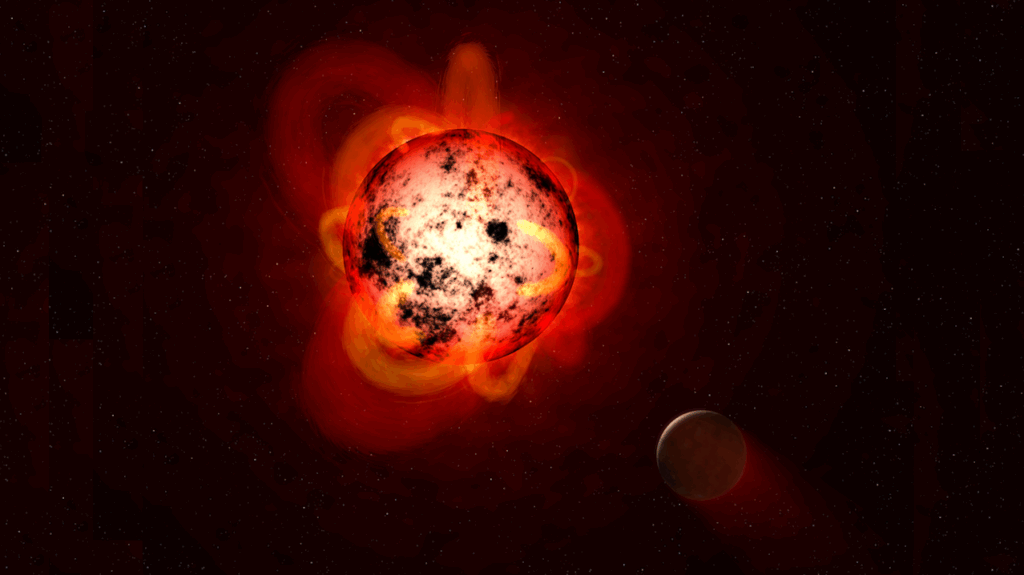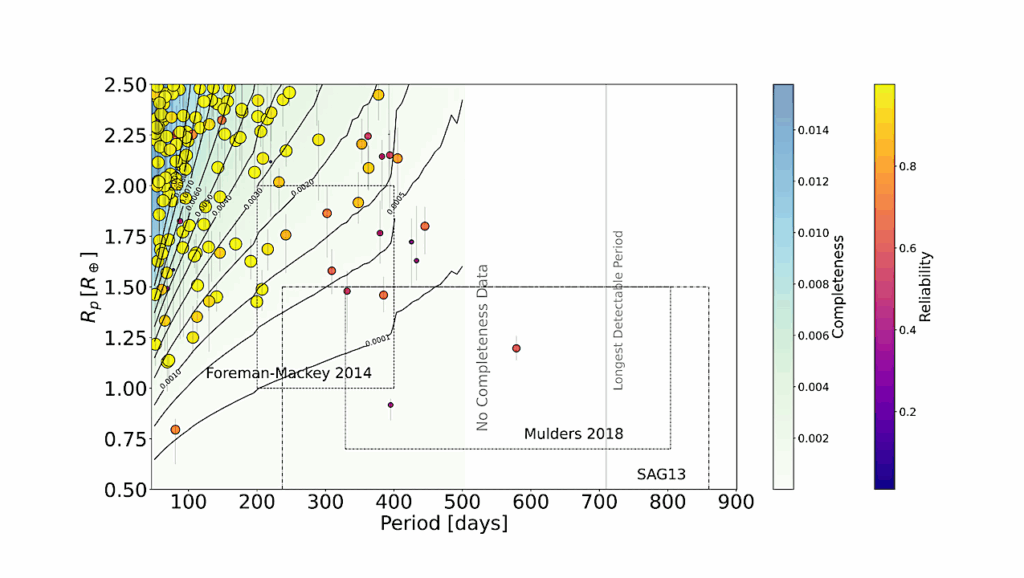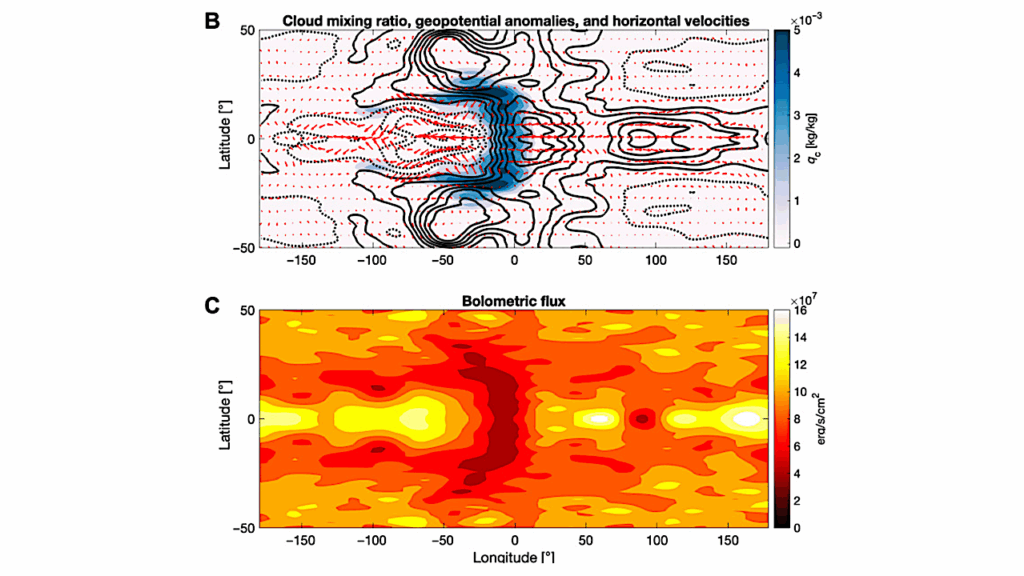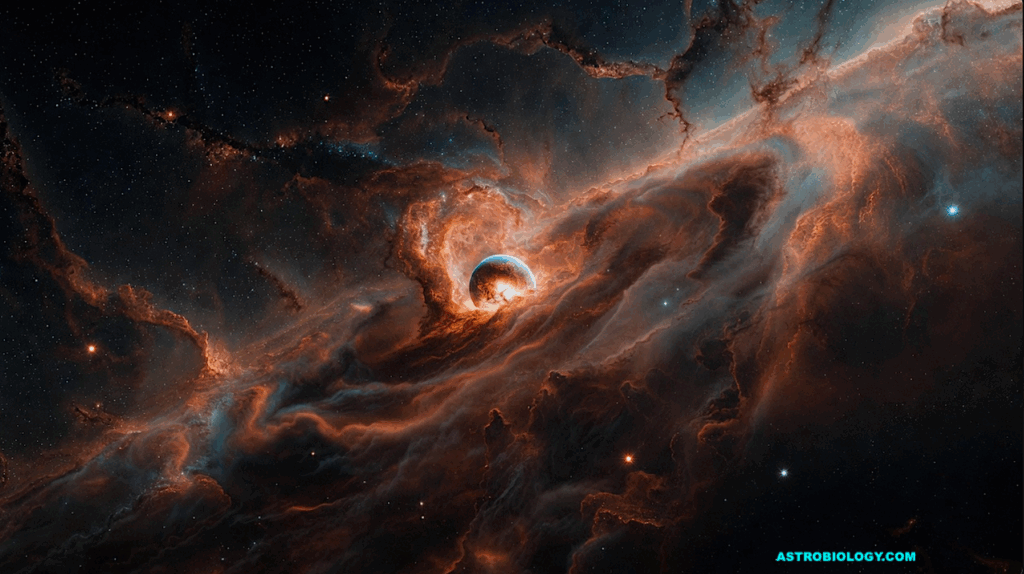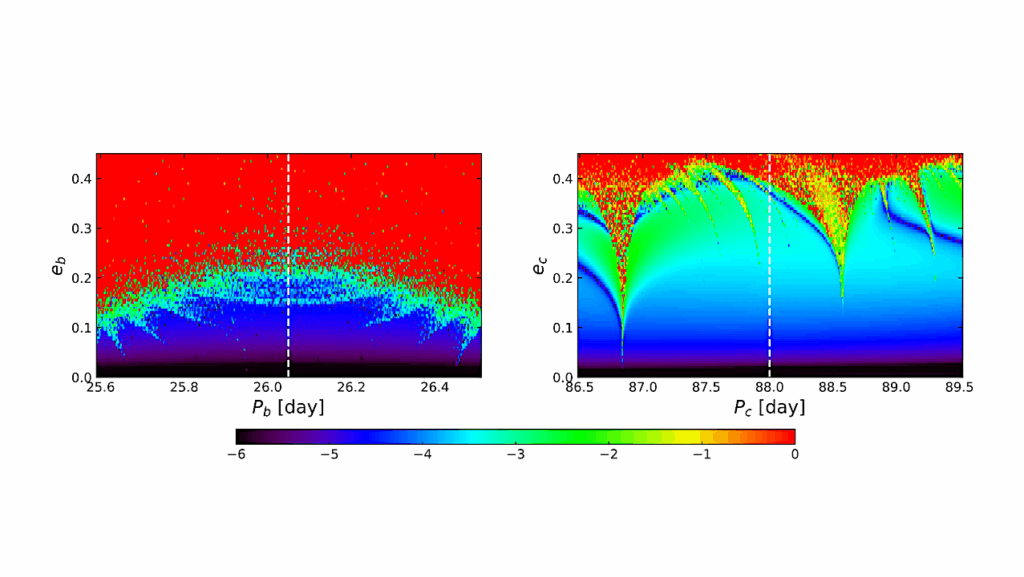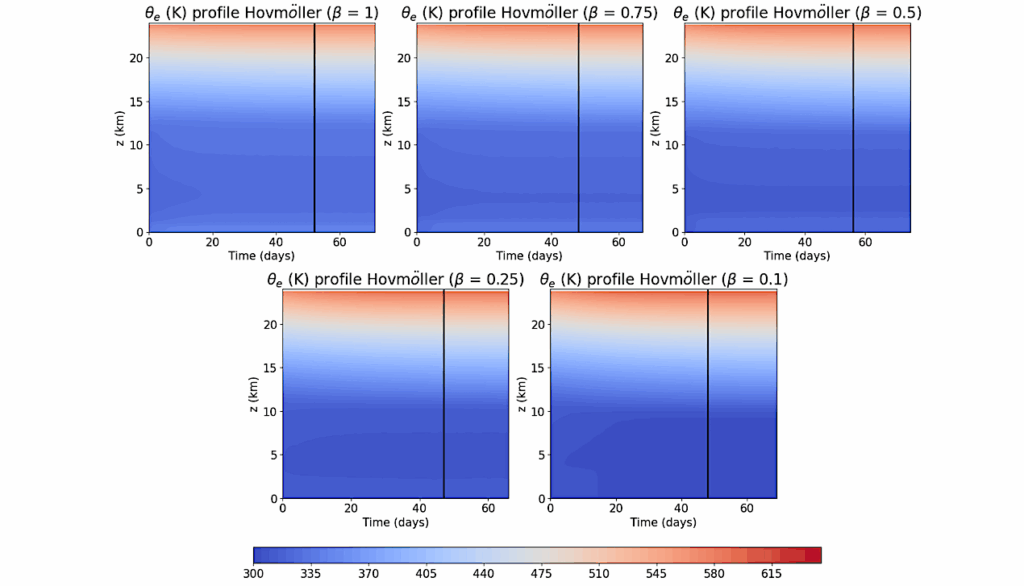Detailed Chemical Compositions Of Planet-hosting stars: II. Exploration of the Interiors of Terrestrial-type Exoplanets

A major goal in the discovery and characterisation of exoplanets is to identify terrestrial-type worlds that are similar to (or otherwise distinct from) our Earth.
Recent results have highlighted the importance of applying devolatilisation — i.e. depletion of volatiles — to the chemical composition of planet-hosting stars to constrain bulk composition and interiors of terrestrial-type exoplanets. In this work, we apply such an approach to a selected sample of 13 planet-hosting Sun-like stars, for which high-precision photospheric abundances have been determined in the first paper of the series. With the resultant devolatilised stellar composition (i.e. the model planetary bulk composition) as well as other constraints including mass and radius, we model the detailed mineralogy and interior structure of hypothetical, habitable-zone terrestrial planets (“exo-Earths”) around these stars.
Model output shows that most of these exo-Earths are expected to have broadly Earth-like composition and interior structure, consistent with conclusions derived independently from analysis of polluted white dwarfs. The exceptions are the Kepler-10 and Kepler-37 exo-Earths, which we predict are strongly oxidised and thus would develop metallic cores much smaller than Earth. Investigating our devolatilisation model at its extremes as well as varying planetary mass and radius (within the terrestrial regime) reveals potential diversities in the interiors of terrestrial planets.
By considering (i) high-precision stellar abundances, (ii) devolatilisation, and (iii) planetary mass and radius holistically, this work represents essential steps to explore the detailed mineralogy and interior structure of terrestrial-type exoplanets, which in turn are fundamental for our understanding of planetary dynamics and long-term evolution.
Haiyang S. Wang, Sascha P. Quanz, David Yong, Fan Liu, Fabian Seidler, Lorena Acuña, Stephen J. Mojzsis
Comments: Accepted for publication in MNRAS; 19 pages, 14 figures, 2 tables; a related talk is available at this https URL
Subjects: Earth and Planetary Astrophysics (astro-ph.EP); Solar and Stellar Astrophysics (astro-ph.SR)
Cite as: arXiv:2204.09558 [astro-ph.EP] (or arXiv:2204.09558v1 [astro-ph.EP] for this version)
Submission history
From: Haiyang Wang
[v1] Wed, 20 Apr 2022 15:52:47 UTC (6,494 KB)
https://arxiv.org/abs/2204.09558
Astrobiology


